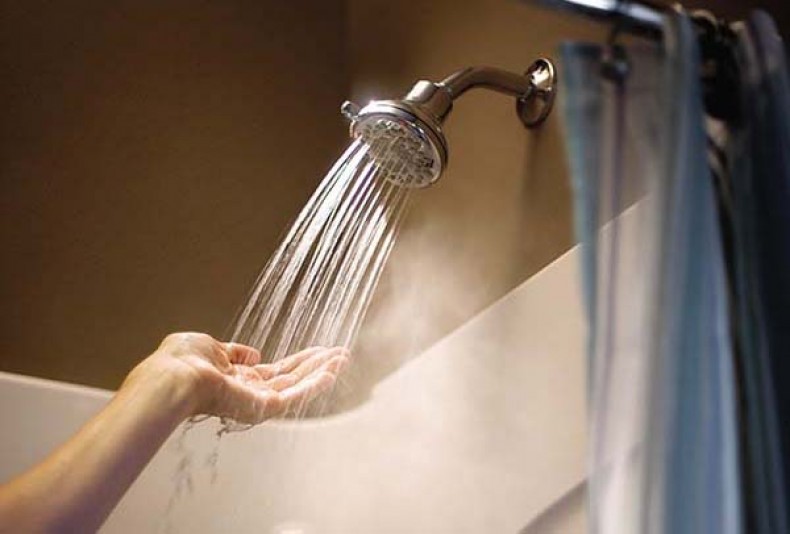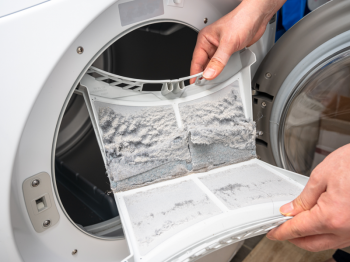Waiting for Hot Water
By Hannah McKenzie
Q: In recent columns you’ve been talking about ways to conserve hot water. I wait a ridiculous amount of time for hot water to reach my shower each morning. I hate waiting and wasting so much water. What can I do?
A: I, too, lament the gallons of water going down the drain as I wait for hot water each morning. Three technology options come to mind to reduce water usage from your shower. The following range in technology from low-tech to high-tech, as well as no-cost to high-cost:
Low-tech/No-cost:
Capture the initial cool water in a bucket and use it to water plants.
Medium-tech/Low-cost:
Install a water-saving showerhead adapter to temporarily restrict hot water flow once the shower has reached your desired temperature. While this does allow cold water to go down the drain while the water warms up, it also allows you to continue your activity until the desired temperature is reached and you are ready to shower.
High-tech/High-cost:
Invest in a hot water recirculating system that pumps cooled hot water back into the water heater rather than losing it down the drain. Once the shower is turned on, hot water is instantly available.
Because the circulation system is the most expensive option, I want to describe some of the features and benefits to help you in your considerations. There are three basic types of hot water recirculating systems. They all work well, but differ in how much money you pay for energy to operate the system each month.
- Pump that continuously circulates hot water. Hospitals and some high-end homes use recirculating systems that run continuously. Due to the pump running constantly and the heat loss from hot water pipes, these systems have the potential to use more energy and cost more money than what is lost down the drain. The main benefit is never waiting for hot water.
- Pump that continuously circulates hot water with a timer. The second type is basically the same as the first, but has a programmable timer that shuts off the pump when you do not need hot water. Many hotels and medical offices use these systems to reduce the pump energy costs, while still providing instant hot water during convenient times.
- Pump on a demand controller. In homes, an on-demand hot water recirculating system is often a good fit because hot water is delivered only when there is a need. A push button that “calls” for hot water allows you to do other tasks without accidentally letting hot water go unused down the drain. (The D’MAND Kontrols® System or TacoGenie® are examples.)
While hot water recirculating systems save water, these are not likely to save you gobs of money in our water-abundant state or double the life of your well pump.
However, in places where water is scarce and often expensive, on-demand recirculating systems in homes are far more common. With the price of these options ranging from $0 to $30 to $500+ (respectively), the increased comfort, convenience and feel-good factor is likely to be higher than any monetary savings.
For more information about improving hot water distribution:
The Alliance for Water Efficiency
-
Share this story:




